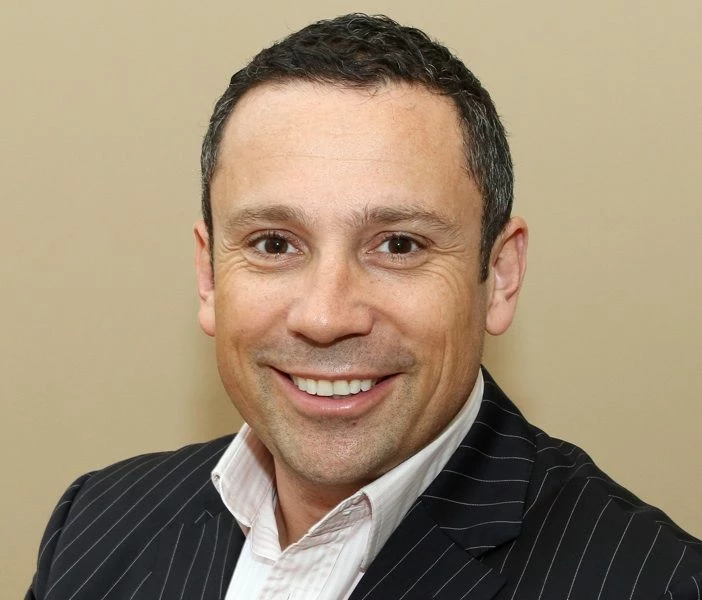
Partner Article
Strategy: bringing a product to market
Phil Dibbs, managing director of Hawkmoor Associates Limited, offers his views on bringing a product a product to market.
As I sit here thinking about the economy in our region there are positive signs of recovery – Nissan, Vantec, and now SSI in Redcar. These are sustainable jobs that are critical to the long-term economic viability of the region.
At the other end of the scale I am involved with a start-up engineering business that has designed, and started to manufacture, a unique product. We have been inundated with interest and orders.
However, designing and building a potentially market leading product is only part of the challenge. Before we can bring our product to market we need to ensure that we have the right legal production in the form of patents and trade-marks. We need to consider outsourcing some of the manufacturing processes
and for that we need manufacturing licence agreements.
These are all issues that, if not addressed, can come back to haunt you later – As soon as you have established a market others will try to prise it from you, either by designing a similar product, or worse still by blatantly copying yours. These copies can frequently be of inferior quality leading to lasting brand damage.
You must clear about your strategy on day 1. If you intend to simply manufacture and sell your product then you might decide that all this protection is unnecessary. You will have to accept that you will have competition very soon, and therefore a very limited product lifecycle. If however you hope to make money by building the brand, developing the product and then selling the business, you will definitely need to demonstrate that your intellectual property has been safeguarded.
In the early days of business cash is a scarce resource and you may assume that these costs can be postponed and the money used more usefully elsewhere. But be careful - if your product is launched into the public domain before you have started the patenting process, you might not be able to protect it effectively.
You should also bear in mind that if you are trying to raise finance for your cutting-edge product, banks and investors are highly likely to ask what steps you have taken to protect their investment.
So my message is to consider very carefully what your strategy is and then build a plan around it. Make sure you get advice and guidance from experts and don’t share any confidential information with anyone unless absolutely necessary and then only once they have signed the relevant paperwork.
This was posted in Bdaily's Members' News section by Phil Dibbs .
Enjoy the read? Get Bdaily delivered.
Sign up to receive our popular morning National email for free.








 How to make your growth strategy deliver in 2026
How to make your growth strategy deliver in 2026
 Powering a new wave of regional screen indies
Powering a new wave of regional screen indies
 A new year and a new outlook for property scene
A new year and a new outlook for property scene
 Zero per cent - but maximum brand exposure
Zero per cent - but maximum brand exposure
 We don’t talk about money stress enough
We don’t talk about money stress enough
 A year of resilience, growth and collaboration
A year of resilience, growth and collaboration
 Apprenticeships: Lower standards risk safety
Apprenticeships: Lower standards risk safety
 Keeping it reel: Creating video in an authenticity era
Keeping it reel: Creating video in an authenticity era
 Budget: Creating a more vibrant market economy
Budget: Creating a more vibrant market economy
 Celebrating excellence and community support
Celebrating excellence and community support
 The value of nurturing homegrown innovation
The value of nurturing homegrown innovation
 A dynamic, fair and innovative economy
A dynamic, fair and innovative economy